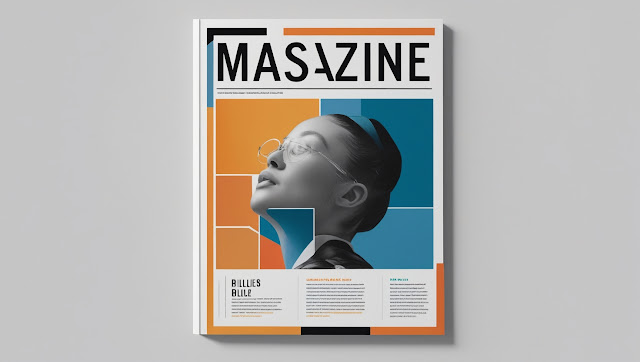In the world of graphic design, success often depends on what your viewer notices first. Whether it's a headline, a call to action, or a powerful image, the way you guide someone’s eyes through your work can make or break your message. This is where visual hierarchy and emphasis come into play.
What Is Visual Hierarchy?
Visual hierarchy is the arrangement of elements in a design to show their order of importance. In other words, it’s how you tell the viewer, “Start here, then look here, and finally, end here.”
Designers achieve this by adjusting things like:
-
Size: Larger elements draw more attention.
-
Color: Bold or contrasting colors stand out.
-
Typography: Font weight, style, and spacing can signal importance.
-
Position: Items placed at the top or center of a design often feel more prominent.
-
White Space: Space around an element can make it more noticeable.
For example, in a poster, the title is usually the biggest, boldest text. That’s not by accident—it’s hierarchy in action.
Why Emphasis Matters
While hierarchy tells the viewer what’s most important overall, emphasis focuses on specific parts of a design to create focal points. These focal points are like visual magnets—your eyes are drawn to them instantly.
Think of emphasis as the designer’s highlighter pen. It says: “Look here first.”
You can create emphasis through:
-
Contrast: A bright color in a muted palette.
-
Size: One large icon among smaller ones.
-
Isolation: A single element placed away from the rest.
-
Repetition: Repeating an element to make it more memorable.
-
Style: A unique texture or image that breaks the pattern.
Together, hierarchy and emphasis help structure your design like a roadmap. They guide the viewer from one element to the next with clarity and purpose.
Quick Tip: The Squint Test
Want to test your design’s hierarchy? Try this simple trick:
Squint your eyes.
When you blur your vision slightly, only the most prominent elements will remain clear. These should be the parts you want to stand out. If something important fades away, you might need to rethink its size, contrast, or placement.
Real-World Example: A Magazine Cover
Let’s say you’re designing a magazine cover. Here’s how hierarchy and emphasis work together:
-
Title (Masthead): The magazine name is big and bold—readers must recognize it instantly.
-
Cover Story Headline: Positioned centrally with a large font, possibly in a vibrant color.
-
Supporting Headlines: Smaller, but still readable, arranged along the sides.
-
Hero Image: A powerful portrait or scene that draws the eye and supports the cover story.
Final Thoughts
Mastering hierarchy and emphasis is like learning the grammar of visual communication. Without them, your design can feel flat and confusing. With them, you create clarity, movement, and impact.
Remember: good design doesn’t shout everything at once—it guides the eye, step by step.


Comments
Post a Comment